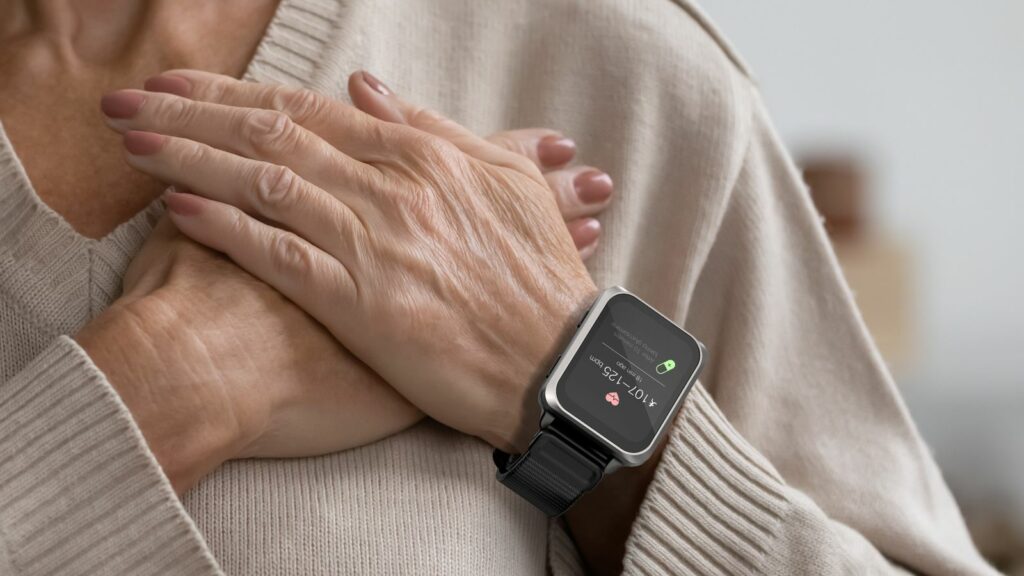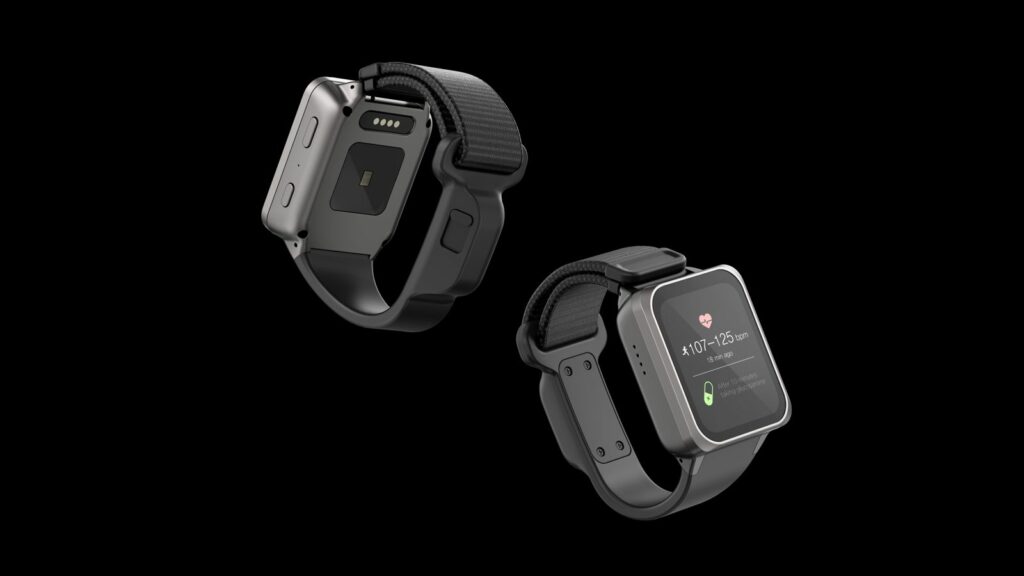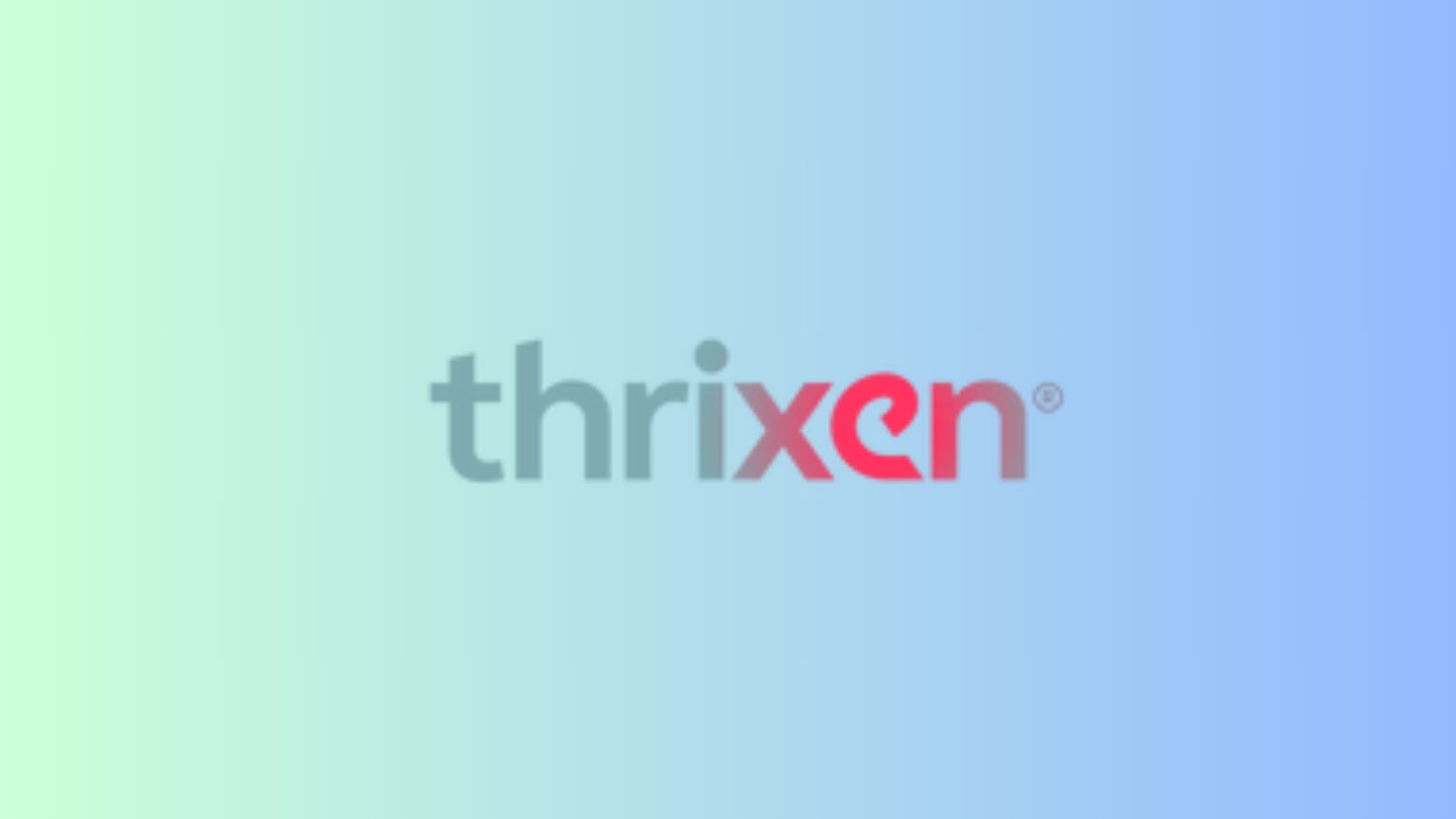AsiaTechDaily – Asia's Leading Tech and Startup Media Platform

InHandPlus CEO Hwi-Won Lee Envisions a Healthier Future with Doctor on Wrist OnDevice AI Smartwatch Technology
InHandPlus, a pioneering healthcare technology company, has emerged as a frontrunner in revolutionizing patient care through its groundbreaking OnDevice AI smartwatch, the Doctor on Wrist.
With a key focus on medication adherence and remote patient monitoring, the Korean company has successfully integrated cutting-edge hardware and AI technology to empower individuals and enhance healthcare outcomes.
Their innovative approach to personalized healthcare services has garnered global recognition, including consecutive CES Innovation Awards in 2022 and 2023.
In this exclusive interview with Hwi-Won Lee, CEO of InHandPlus we delve into the journey of InHandPlus, the impact of their OnDevice AI smartwatch technology on patient care, and their future vision for advancing the healthcare industry
Congratulations on the success of InHandPlus and the innovative Doctor on Wrist AI smartwatch! Could you share the journey behind the development of this technology and how it has evolved since the inception of the company in 2019?
Since our establishment in 2019, our main goal has been to address the issue of medication adherence. Clinical trials conducted by pharmaceutical companies and CROs can take more than 10.5 years and cost about $37 million. However, the Decentralized Clinical Trials (DCT) or remote trials market has been growing dramatically after the COVID-19 pandemic. This is because the pandemic made it necessary for clinical trials to be conducted at home instead of in hospitals, which can lead to data integrity issues.
In the early days of the company’s startup, it was a smartwatch that could only analyze specific medication behaviors such as pills or injections, but now, through the advancement of HW itself, including AI technology and AI chips, it is literally analyzing almost all medications and behaviors that can be obtained. In addition, even food can be analyzed for correlations with medicines and diseases. Recently, ChatGPT is trained to map the activity level, heart rate, falls and emergency situation data collected from smartwatches along with medication-related data, making it possible to provide personalized healthcare services through smartwatch-based voice conversations.

Can you provide examples of how InHandPlus’s solution has been effectively implemented in real-world healthcare settings, and the impact it has had on patient outcomes?
The InHandPlus solution is being used not only in Korea but also in Japan, China, and the United States. Our product allows real-time monitoring of when and what medications a patient takes and what their health status is, even remotely. This medication and health-related data is provided to hospitals, medical institutions, insurance companies, and pharmaceutical companies, and efficient data-based remote patient management is possible for these institutions and companies. Through this, not only can medical and management costs be reduced, but high-quality medical and healthcare services can also be provided to medically vulnerable groups.
In fact, we provide services to patients with schizophrenia and early dementia for whom medication compliance is important, and as a result, medication compliance improved by 20-30% for patients who used our products, and this information was published in the SCI paper.
Could you discuss the role of remote patient monitoring in InHandPlus’s approach to healthcare management and how it contributes to better patient engagement and reduced medical costs?
As the population ages and the number of people with chronic diseases rapidly increases, there is a growing demand for medication. An efficient medication management system is required to ensure patient health recovery and reduce social costs. However, after a medication is prescribed, the responsibility for its management lies entirely with the individual. Shockingly, an estimated 35 tons of unused medicines are recalled annually, both at home and abroad. Furthermore, the average medication compliance rate is only around 77% for diabetes, 45% for hypertension, and 35% for hyperlipidemia. Global clinical trials revealed an average compliance rate of around 50%. The social cost of poor medication compliance is a staggering $290 billion every year.
Naturally, increasing medication compliance has a very positive impact on reducing not only medical costs but also social costs. In order to improve medication compliance, the patient’s will and engagement are very important, and to do so, the roles of doctors, nurses, and guardians are very important. By providing patients’ medication and health data in real time, InHandPlus helps doctors, nurses, and guardians provide interventions and feedback to patients efficiently and conveniently, thereby maximizing patient engagement and medication compliance, and reducing medical costs.
How does InHandPlus collaborate with healthcare providers and institutions to integrate its technology into existing healthcare systems?
In the case of existing healthcare providers, there are often platforms that are already in use. In these cases, the data collected from our products is delivered in accordance with the existing platform in use. The platform most commonly used in clinical trials is Medidata’s platform, and our product has already been linked to the Medidata platform. Pharmaceutical companies that use Medidata’s platform can easily use our products.
Of course, for organizations that do not have such a platform, we provide a platform that we developed ourselves.
Doctor on Wrist has received consecutive CES Innovation Awards in 2022 and 2023, showing its impact on healthcare delivery. What do these accolades signify for InHandPlus, and how do they validate the effectiveness of the smartwatch in transforming patient care?
InHand-Watch offers personalized healthcare services that utilize artificial intelligence analysis based on patient behavior for treatment. We are proud to have won the CES Innovation Award in both 2022 and 2023, which demonstrates the importance and effectiveness of our innovative technologies in personalized healthcare services.
We are creating a “Doctor on Wrist” by advancing smartwatches with AI technology, and winning the CES Innovation Award has given us confidence in this direction. We met many industry insiders at CES and showed interest in our products. Currently, the product is being actively used in Korea, but in the future, we plan to verify its effectiveness by creating success stories with various partners in the global market.

The user-friendly interface and medication alarm feature of Doctor on Wrist ensure compliance with prescribed treatments. Could you elaborate on how these design elements prioritize usability and enhance the overall user experience?
InHand-Watch’s strap is in the form of an integrated band with elasticity, and its weight is lighter than that of other companies’ products. And because the display quality and font size are optimized for senior customers, it is a smartwatch that even senior customers can easily wear and use.
In addition, existing smartphone medication management apps require users to manually enter data, but with our product, medication usage is automatically analyzed and recorded simply by wearing a smartwatch. There is no need to enter data one by one into the smartphone, so even senior customers can use it easily. In addition, the medication reminder function is very important to increase medication compliance. Existing medication management apps individually set medication reminder times like a wake-up call, and the medication reminder sounds only at that time every day. Because the user’s medication time varies depending on the daily situation, batch medication notifications often become noisy notifications and annoy users rather than improving medication compliance. However, our product automatically generates the medication time, so it does not provide a notification if users are taking the medication well, and provides customized notifications based on data only when users do not take the medication, making it very useful and usable. In addition, since the AI function is applied, the service is provided in a structure that continuously improves the effectiveness and usability of medication reminders by learning the user’s medication patterns.
As digital health continues to evolve, how does InHandPlus envision the future role of Doctor on Wrist in advancing patient-centered care and empowering individuals to take control of their health?
1. Personalized Health Monitoring:
The Doctor on Wrist will continue to evolve and offer more advanced health monitoring features, such as real-time tracking of vital signs, activity levels, and other relevant health metrics. By providing personalized and continuous health insights, users can gain a better understanding of their overall well-being and take proactive measures to maintain or improve their health.
2. Integrated Health Ecosystem:
InHandPlus aims to create an integrated health ecosystem where the Doctor on Wrist seamlessly communicates with healthcare systems.
The OnDevice AI smartwatch will act as a central hub to consolidate and analyze health data, thus providing a comprehensive view of an individual’s health status. This integration will enable users and healthcare providers to make more informed decisions.
3. Advanced AI-driven Health Recommendations:
The Doctor on Wrist is a health assistant that uses artificial intelligence to provide personalized health recommendations based on individual health data, lifestyle, and preferences. The AI algorithms will provide insights into optimizing medication schedules, suggesting lifestyle changes, and offering actionable advice to assist users in managing chronic conditions or improving their overall health.
4. Telehealth and Remote Monitoring:
InHandPlus expects that the Doctor on Wrist will play a crucial role in telehealth consultations and remote patient monitoring. This OnDevice AI smartwatch allows users to connect with healthcare providers, and share their real-time health data. The remote monitoring features will enable healthcare professionals to monitor the progress of their patients more effectively.
5. Enhanced Medication Management:
The Doctor on Wrist is set to enhance its existing capabilities and offer more advanced medication management features. These may include intelligent tracking of medication adherence and real-time health data-based dosage adjustments.
By embracing these advancements, InHandPlus aims to position the Doctor on Wrist as a comprehensive and user-centric tool that not only monitors health but actively empowers individuals to lead healthier lives and manage their well-being more effectively.
Looking ahead, what are the upcoming milestones and initiatives for InHandPlus, and how do you envision the company’s continued impact on the healthcare industry?
First of all, we will increase our share in the global market for clinical trials and telemedicine of the InHandPlus solution. We plan to increase collaboration with hospitals, pharmaceutical companies, and insurance companies that want to efficiently manage patients remotely based on reliable health data. In the future, we plan to diversify and advance the functions of the InHand-Watch and develop a digital therapy product that can serve as a “Doctor on Wrist.” Through this, we plan to ensure that anyone can easily access high-quality medical services.





